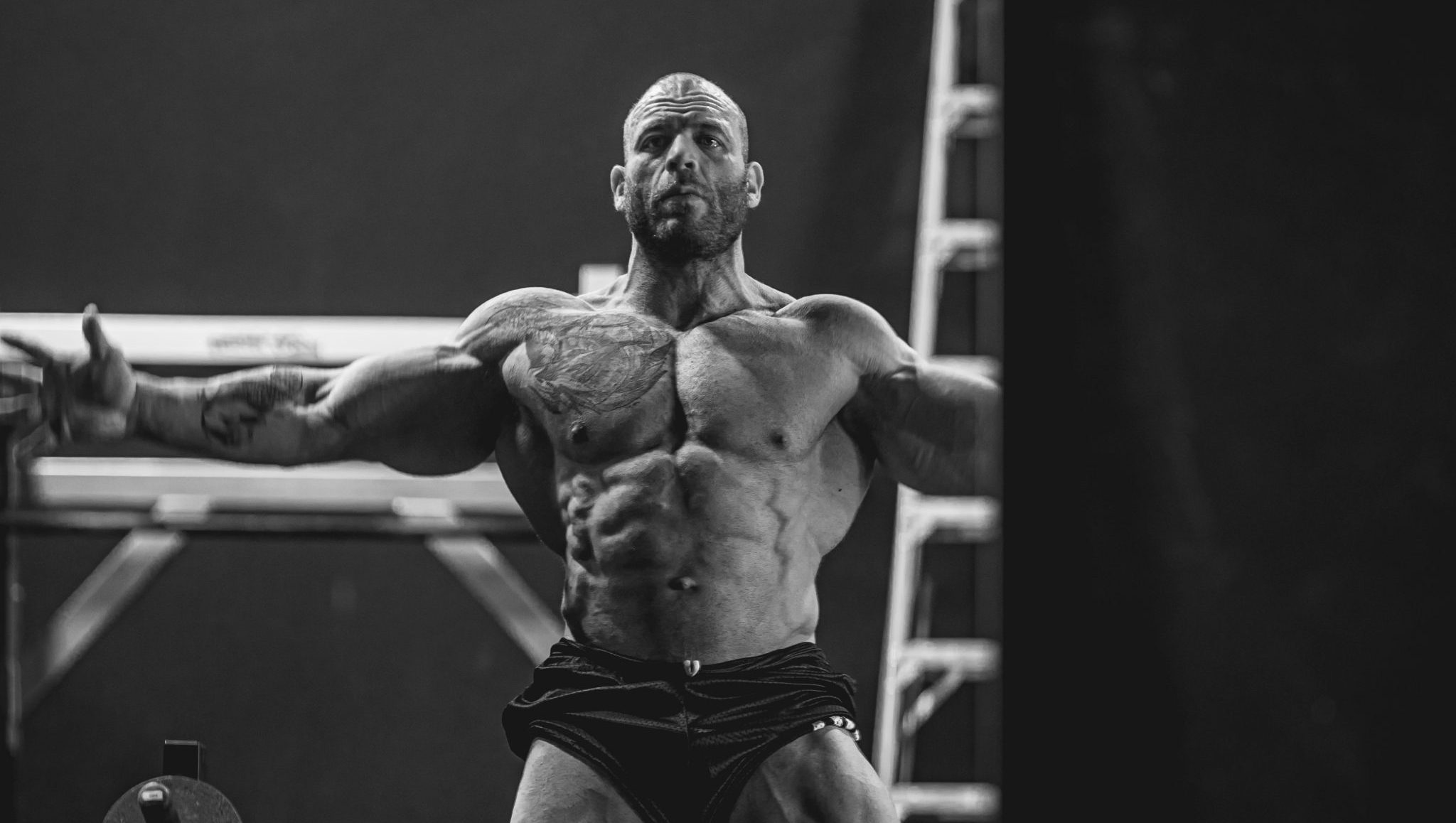
Look: I know a lot of people don’t consider bodybuilding a sport. I guarantee you those people haven’t competed in bodybuilding at a high level, because once you do, it’s pretty obvious: in reality, there are a lot of athletic competency required of bodybuilders who want to win shows. Muscular control, flexibility, endurance, and coordination are all extremely important on stage, of course – but that’s a topic for another blog post.
For this post, I want to focus on the athletic requirements for bodybuilding training. To get an idea of what I mean by that, start by watching this video:
Model of Athletic Development for Bodybuilding
Phase 1: Developing Technical Proficiency
In most sports, we take the need to develop technical proficiency for granted. In fact, it’s almost always the first step: you’ve gotta learn to swing the bat before you can play baseball; you’ve got to learn to float before you can swim; and so on. Even in strength sports, which are pretty niche, the importance of good technique is very rarely understated.
But for some reason, technique in bodybuilding is largely overlooked. Lots of coaches and athletes talk about keeping perfect form and a strong mind-muscle connection, but few explain how to figure that out for yourself In the context of bodybuilding training, perfecting your technique involves learning to identify and perform a handful of basic movement patterns so that you can identify and perform the specific exercises that are optimal for your body. Figure that out, and you’re well on your way to developing intense size – and strength.
Phase 2: Building a Strength Base
Look, I don’t care about the genetic freak who can get huge with 30-pound dumbbells. You’re not him, or you wouldn’t be reading this article.
To add a good deal of muscle, you’ve got to be very strong. The base level of strength for each bodybuilder is different, but I believe these are some good ballpark numbers for guys:
- 2x bodyweight OR 500-pound squat, whichever is higher
- 1.5x bodyweight OR 350-pound bench, whichever is higher
- 2.5-3x bodyweight OR 550-pound deadlift, whichever is higher
Phase 3: Learning to Grind
This one will be the focus of my next blog post. If you have questions on learning to grind, drop them below in the comments!








